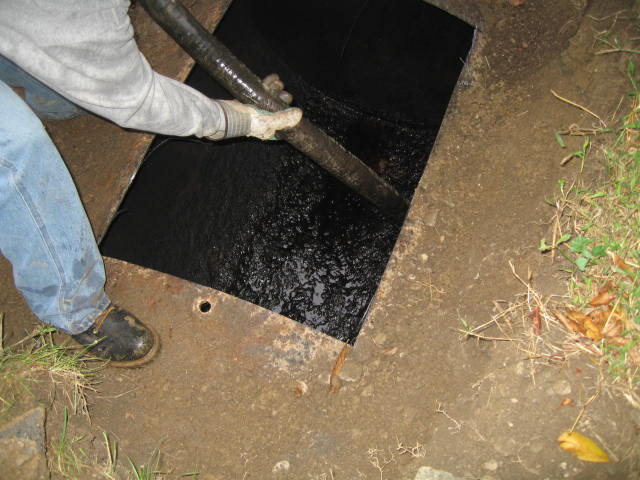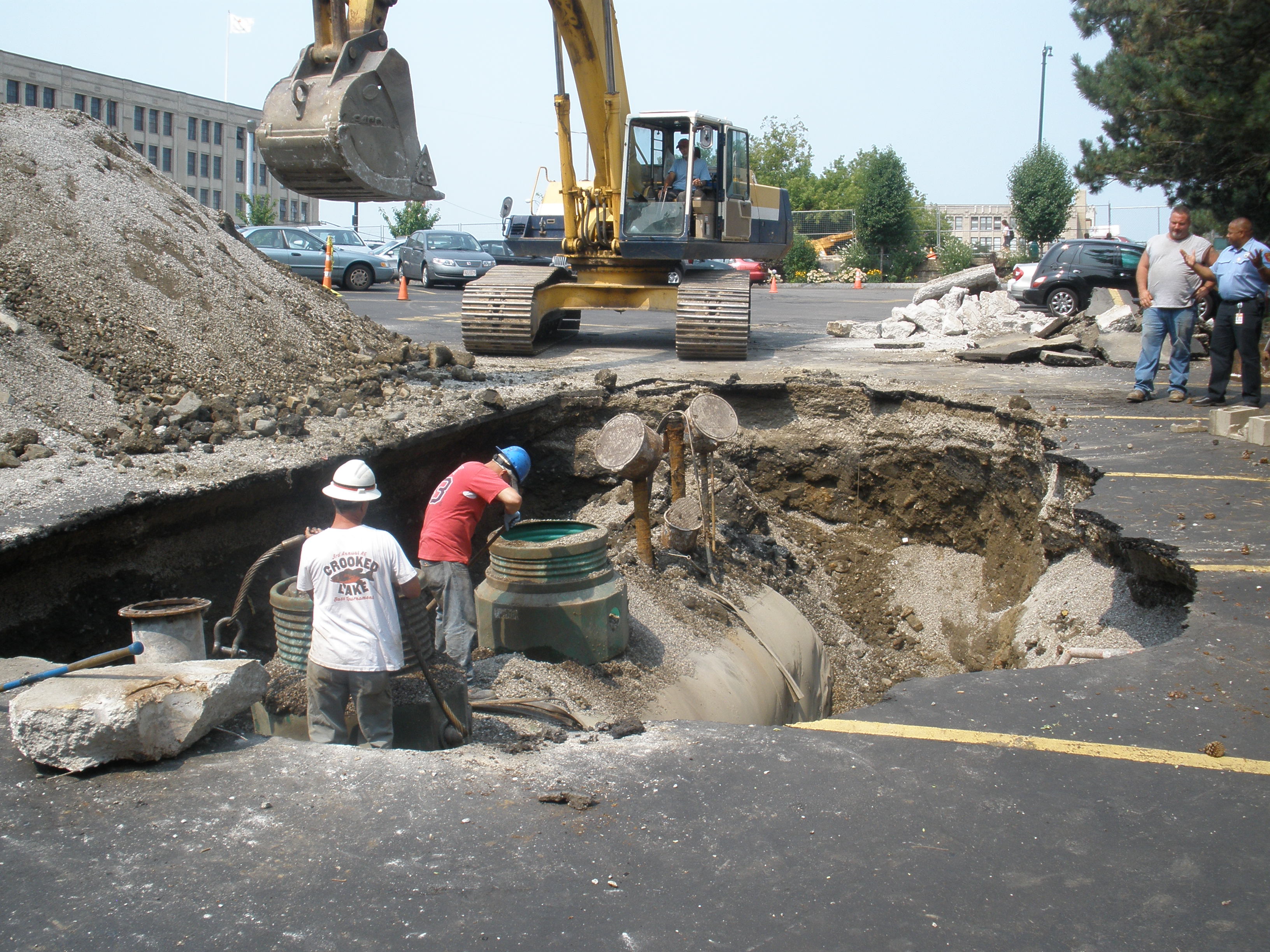Oil Tank Removal vs. Oil Tank Abandonment
Oil tanks can cause a big mess if not taken care of properly. In particular, inactive oil tanks can cause a lot of problems. Both above and below ground tanks contain vents exposing the inside of the tank to outside elements. Overtime, tanks start to collect moisture causing the tank to rust from the inside out. The real problems start to occur when the moisture turns to water and drips to the bottom of the tank. Once the bottom of the tank begins to rust, holes are created allowing oil to spill producing a messy and expensive clean up. This is why removing or abandoning oil tanks is a good idea.
Removing an oil tank and abandoning an oil tank is not the same thing. They both follow the same idea – safely deactivating the danger of oil tanks – but they each have their own process along with environmental issues, cost and effects on property value. To decide which one is best for you, take a look at the pros and cons of each.
The Process
Oil Tank Removal: There are a few steps in oil tank removal and it is must be done careful as to not spill any oil. If done correctly, the process should take a few hours. The first thing that is done is removal of the oil. Then the tank will be cut into pieces. Next, any oil sludge and associated oil fill and vent pipes will be removed. If the tank is underground then the final step is to sample the soil to make sure there has been no contamination.
Oil Tank Abandonment: In the oil tank abandonment process, the oil tank is not removed from the ground but rather completely deactivated and removed of all oil. Because this process does not involve removing the tank, restoration to the property is minimal. The first step in this process is to cut the top of the tank off. Next, all oil and oil sludge is safely removed from the tank. Once the tank is clean and empty, then it is filled with sand or gravel. Lastly, all vent pipes and fill pipes are disconnected from the tank.

Environmental Issues
Oil Tank Removal: There is the risk of spilling the oil during the process and also the risk of the oil leaking from the tank before the process began. However, other than those risks, oil tank removal offers no environmental issues. Oil tank removal solves all the environmental issues that the oil tank could have possibly caused.
Oil Tank Abandonment: This option still leaves the oil tank on the property. Even though all the necessary steps should have been taken to secure the tank and remove the oil, there is no guarantees with this process. In this process, there is no sampling of soil so the tank could have caused contamination before it was abandoned which could cause problems in the future.
Property Value
Oil Tank Removal: Removing your oil tank helps your property value go up. Oil tanks cause an environmental risk so by having it removed you are property your property from possibly damage in the future. Additionally, removing your oil tank can have insurance benefits. Present your oil tank removal permit to your insurance company to see if that can reduce your payments.
Oil Tank Abandonment: As noted above, oil tank abandonment leaves the oil tank on your property. This puts your property at risk for future environmental issues as well as affects the value of your property. Trying to sell your property with an abandoned oil tank may be more difficult.

Overall, oil tank removal is a more in depth process but keeps your property safe in the future. Oil tank abandonment is simpler but it leaves your property at risk. To get started with your oil tank removal or oil tank abandonment, contact us.




